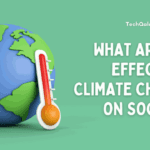The Entire Process of Photosynthesis in Detail
Preface
Plants use a process called photosynthesis to make food by combining the chlorophyll in their cells with carbon dioxide found in water and sunlight. For plants to survive, this process has to be done. All living things get their food indirectly from the photosynthesis process. Hence, it is imperative that we understand photosynthesis.
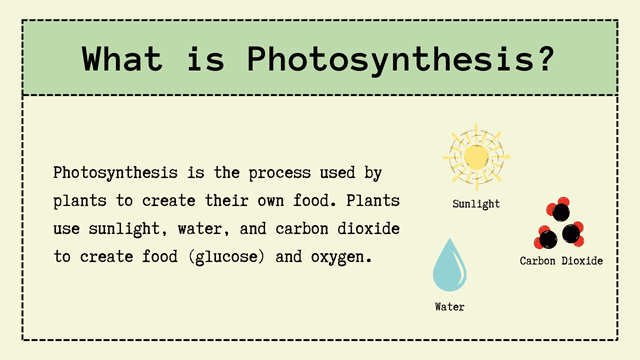
♦ Photosynthesis Process
Photosynthesis is a chemical process involving sunlight, CO2, and water. Reactants enter plant cells through chlorophyll, converting sunlight into adenosine triphosphate and nicotinamide-adenine dinucleotide phosphate. This energy is stored for later use in breaking carbon dioxide bonds. The plant converts hydrogen and oxygen atoms in water and carbon dioxide into glucose molecules, which aid in plant growth. Waste gas is released, and two products are produced: oxygen and glucose.
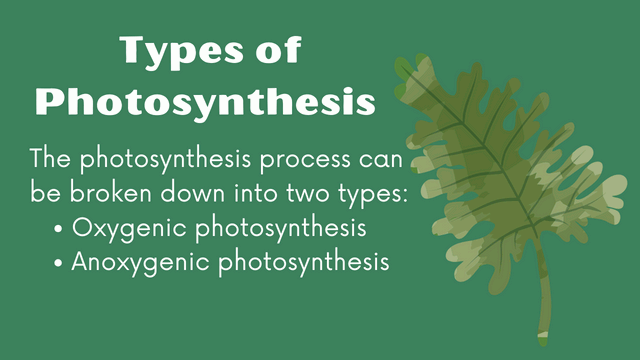
♦ Types of photosynthesis processes
The photosynthesis process can be broken down into two types:
- Oxygenic photosynthesis
- Anoxygenic photosynthesis
◊ Oxygenic Photosynthesis
It is more common for algae, plants, and cyanobacteria to use oxygenic photosynthesis. Light energy moves electrons from water to carbon dioxide during this process, which makes energy. As these electrons are moved around, carbon dioxide is decreased, water is oxidized, and oxygen and carbohydrates are made.
Plants take in carbon dioxide and release oxygen into the air during the photosynthesis process.
The following expression can be used to describe this process:
Light energy + 6CO2 + 12H2O → C6H12O6 + 6O2 + 6H2O
◊ Anoxygenic Photosynthesis
Some bacteria, like green sulfur bacteria and purple bacteria that live in different types of water, generally do this type of photosynthesis. During the photosynthesis process, oxygen is not made.
The equation below shows how anoxygenic photosynthesis works:
Light energy + CO2 + 2H2A → [CH2O] + 2A + H2O
♦ Reliability of the Photosynthesis Process
There are several reasons why photosynthesis is significant, including:
- Plants may store light energy in the form of chemical energy with the aid of photosynthesis.
- When animals and humans eat plants, they employ these chemical energies; as a result, plants serve as an indirect source of food and energy for these species.
- It makes it possible for plants and other living things to build the foundation of the food chain.
- We are able to thrive in the atmosphere because plants use carbon dioxide for the photosynthesis process, leaving oxygen out of the atmosphere.

♦ The photosynthesis phases
The photosynthesis process expands into the following processes, as mentioned below:
Light is absorbed by chlorophyll, which starts the photosynthesis process. These chlorophylls are connected to the proteins found in the thylakoids in the sack of chloroplasts. Furthermore, the energy from the light is converted to take the electrons from the water, which acts as an electron donor to produce oxygen. These extracted electrons are then transferred to quinine, an important electron acceptor.
Electron transfer
The last electron acceptor, a NADP positive, receives the electrons after they have been transported to the other electron acceptors. The molecules that reside in the thylakoid membrane during the process are called the chain of electron transfer, which is how they are transferred.
ATP Production
Through the intricate process of F0F1, electrons are moved from the thylakoid lumen to the plant’s stroma upon transfer to the ultimate acceptor. This leads to the synthesis of ATP, the primary energy source for a plant’s biological processes. This light-dependent ATP generation is only used during synthesis.
The molecules ATP and NADP are converted into energy. Carbon is reduced by moving electrons into molecules with six carbons. Unlike the other three processes, which are all referred to as “light reactions,” the carbon fixation process is characterized as a “dark reaction” since it does not require light to occur. This process is also called the Calvin cycle.
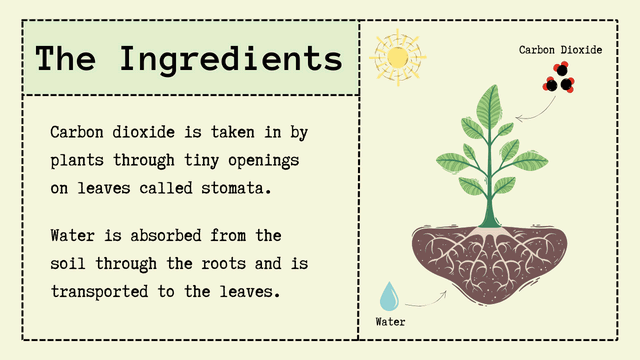
♦ Two steps in the photosynthesis process
One example of a two-stage metabolic process is photosynthesis. Light (either direct or indirect sunlight) is required for both stages. Therefore, the long-held belief that the two processes are “absolute light and dark reactions” is untrue.
Research has shown that indirect sunlight is necessary for photosynthesis, even in its second stage. As a result, we would want to categorize the two steps as follows rather than as light and dark photosynthetic reactions:
Photophosphorylation is the process by which light energy is transformed into ATP by a photochemical reaction (light-dependent processes).
Process of carbon fixation: Light-independent processes transform inorganic carbon into organic carbon. This process is endergonic. Two things can occur throughout this process:
- Using the Calvin cycle in both anoxygenic and oxygenic photosynthesis
- By way of the non-Calvin cycle, the only anoxygenic photosynthesis is
♦ Evolution of the Photosynthesis Process
It is hypothesized that photosynthesis and the earliest photosynthetic organisms originated relatively early in the history of life.
It is also thought that, unlike modern photosynthetic species that use water as the “prime and only source of electrons,” the first photosynthetic entities would have originally turned to other readily available reducing agents like hydrogen ions or hydrogen sulfide.
Cyanobacteria are thought to have emerged on Earth’s surface far later than the first photosynthetic organisms. They must have initially caused the Earth’s atmosphere to become oxygenated by saturating it with oxygen gas. Later on, more complex forms of life would not have emerged unless the Earth was oxygenated.
♦ Formula for the Photosynthesis Process
The chemical equation that describes the photosynthesis process is as follows:
This photosynthesis formula illustrates how the light energy that chlorophyll absorbs is used to transform the reactants, which are six molecules of carbon dioxide and six molecules of water, into six molecules of oxygen and sugar.
♦ How does the photosynthesis process happen in living things?
In the photosynthesis process Plants use chlorophyll, a green molecule, to take in light energy and do photosynthesis. When the plant takes in light energy, it changes it into energy that it can use to break down carbon dioxide and water into food for itself. Glucose, a type of sugar, is what is made. In addition, oxygen molecules are made and released into the air.

♦ Where do the photosynthesis processes take place?
In two different parts of the chloroplast of a plant cell, two separate events happen. The chloroplast is a part of plant cells that no other cell has. Chloroplasts are not found in animal cells. Chlorophyll is a color molecule that is found in chloroplasts.
Molecules that can take in both light and color are called pigments. The green chemical that gives plants their color is called chlorophyll. This is the first step in photosynthesis. Water and carbon dioxide move into the chloroplast from outside the plant cell. There are groups of thylakoids inside the chloroplast. They are called the granum.
In the photosynthesis process, the pigment chlorophyll, which helps plants make food, soaks up light in the granum. Photons from the sun’s energy break the bonds between water molecules, releasing hydrogen and oxygen atoms. The plant lets some of this oxygen out through stoma, which are small holes on the surface of its leaves or stem.
The first step is called the “light-dependent” stage because the process can’t happen without sunlight. The second step takes place in the stroma, which is an open space around the granum. In this step, the ATP energy from the first step helps break the bonds of carbon dioxide and make glucose molecules. These materials can do their jobs without light, which is why the second stage is called the “light independent” stage.
♦ The equation for the photosynthesis process
One can use a chemistry equation to explain the process of photosynthesis. 6H2O and 6CO2 are broken down to generate C2H2O and 6O2. In this equation, every combination of letters and numbers represents a molecule’s chemistry formula. H2O is the chemical formula for water, carbon dioxide is the formula for carbon dioxide, C₆H₁₂O₆ is the formula for glucose, and oxygen is the formula for oxygen.
The chemical expression also represents that one molecule of glucose is made up of six molecules of water and six molecules of carbon dioxide. It also shows that six pairs of oxygen, which are also called oxygen molecules, are made along with the glucose molecule.
♦ What are the reactants?
They are water, carbon dioxide, and sunshine, which aren’t in the equation. This is the list of things that will react to make the goods. “React to form” is shown by the arrow between the reactants and the products. Products are made when reactants mix, and in this case, the products are glucose and air.
Conclusion
In the presence of water and sunlight, plants make food through a process called photosynthesis.
The four stages of photosynthesis are light absorption, electron transfer, ATP production, and carbon fixation.
The equation for the photosynthesis process is as follows: 6CO2 + 6H2O → C6H12O6 + 6O2.
FAQs about Study Guidelines for the Entire Photosynthesis Process
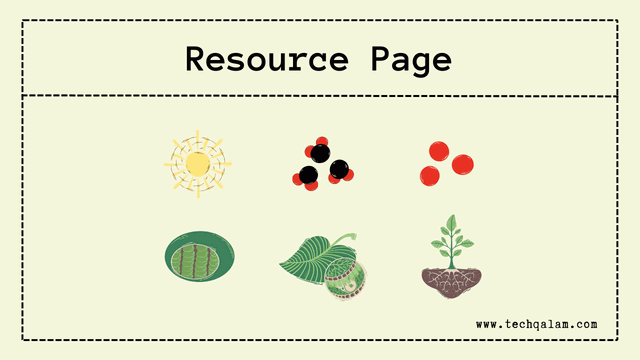
There are two parts to the photosynthesis process. There is a first stage where water, carbon dioxide, and sunshine enter the granum of the chloroplast. In this case, chlorophyll takes in light energy and changes it into energy that breaks the water molecules apart. In the second stage, the process goes into the stroma. Here, energy is used to split up carbon dioxide and put together atoms into glucose, a sugar that the plant needs to live. As a waste gas, the plant gives off extra oxygen molecules.
What happens during the process of photosynthesis?
Glucose and oxygen are produced from carbon dioxide and water.
Sugar is produced by plants using carbon dioxide, water, and sunlight. Sugar is the plant’s supply of oxygen and energy. We refer to this process as photosynthesis. This sugar is stored by plants as starch or food.
What do you know about ADP and NADP?
Adenosine phosphate is called ADP, and nicotinamide adenine dinucleotide phosphate is called NADP.
Get access all prompts: https://bitly.com/xyz






